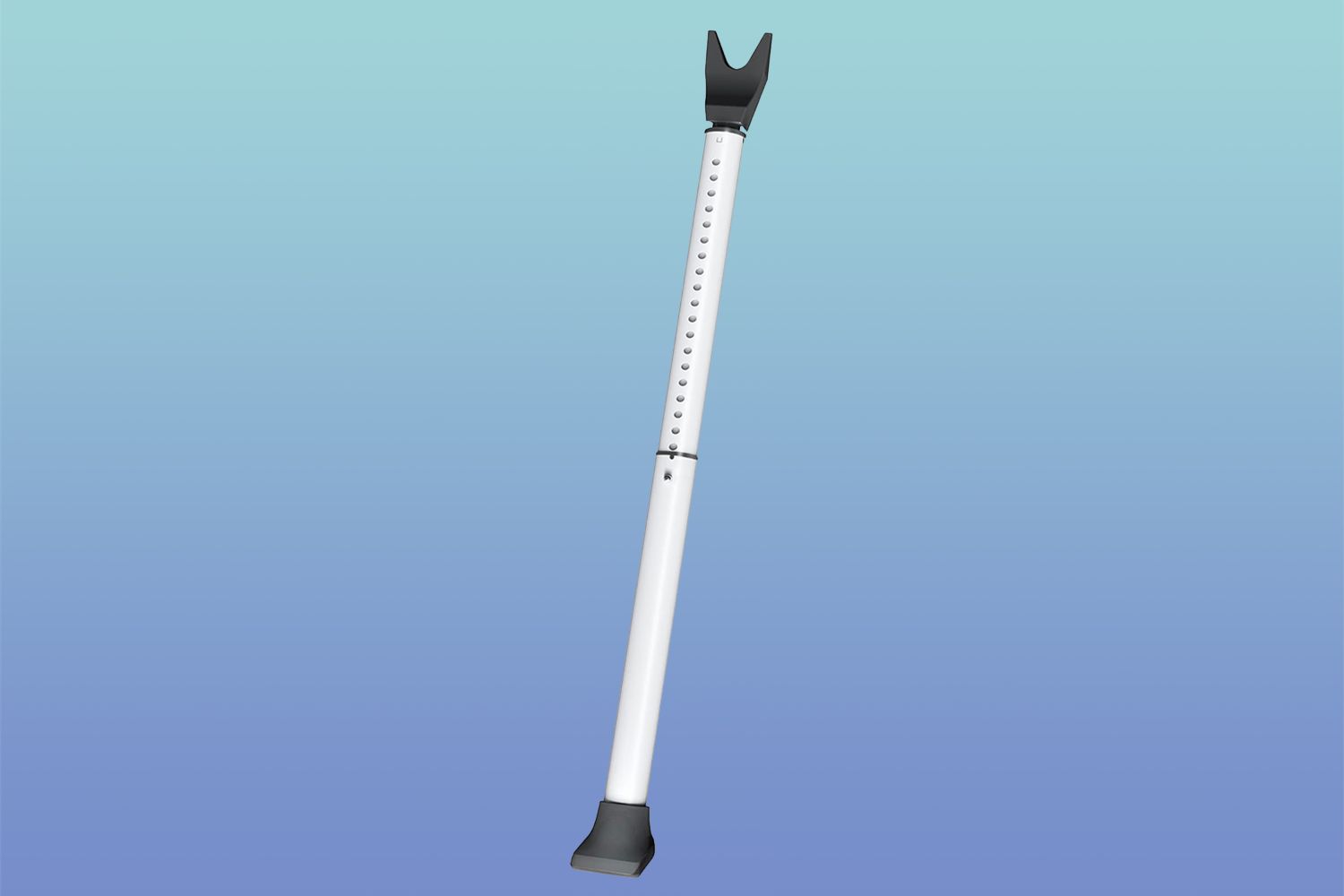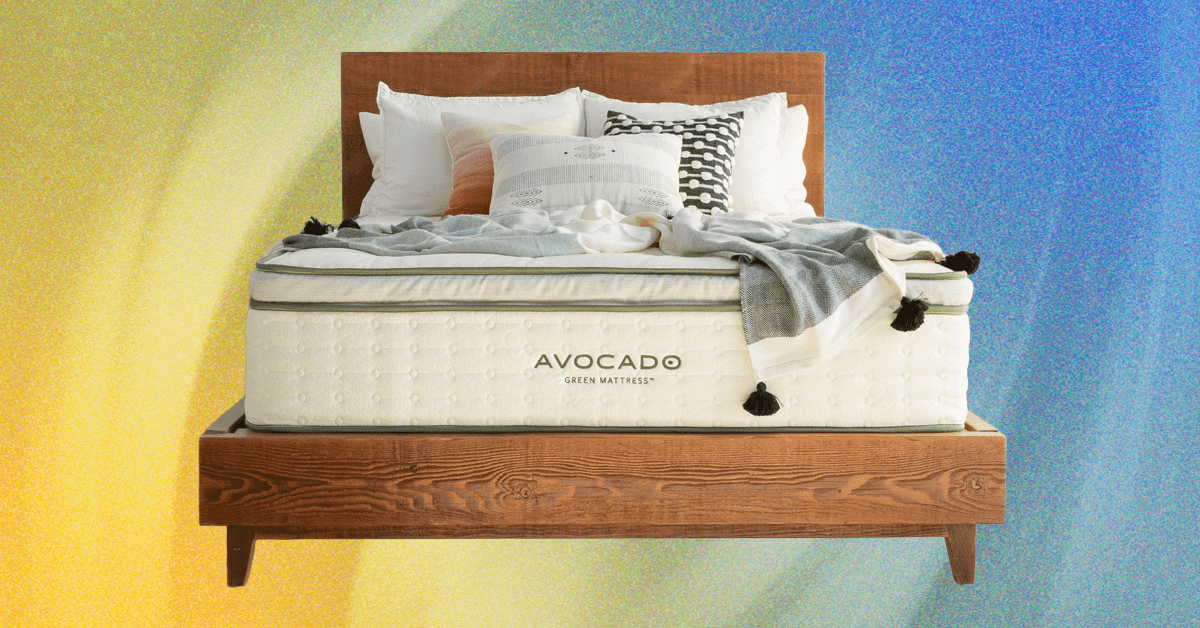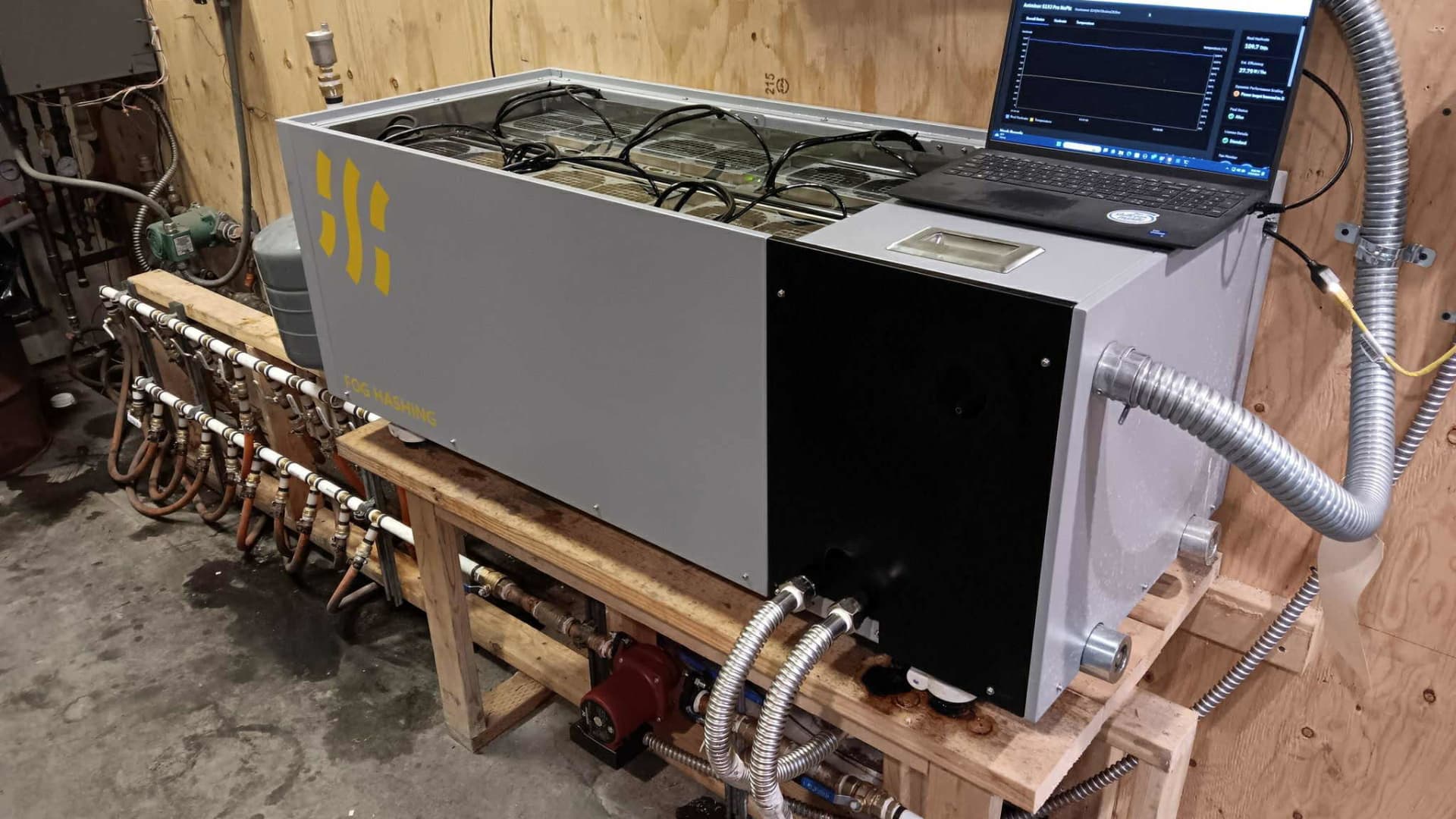Targethk Site

-

Study Cautions That Cuts in Western Aid May Lead to 22.6 Million Deaths by 2030 – Mirror Brief
-

Agency Workers Unite Against Bullying and Harassment Allegations – Mirror Brief
-

Rosalía Achieves First Top 10 Album with ‘Lux’ Debuting at Fourth Place – Mirror Brief
-

Tips to Rekindle Your Love for Books – Mirror Brief
-

Jeff Bezos Allegedly Rejoins The Frontlines As Co-CEO Of Innovative AI Venture, Project Prometheus – Mirror Brief
-

New Initiative for Expedited Deportations to Accompany Asylum Reforms – Mirror Brief
-

Top NASCAR Strategies, F1 Tips, and Beyond – Mirror Brief
-

Observing the Sea Monster Stretching Across the Night Sky – Mirror Brief
-

From Despair to Hope Through a Scientist’s Priceless Advice – Mirror Brief
-

Top Travel Door Security Bars Available on Amazon – Mirror Brief
-

Starmer Prepares for Labour MPs’ Backlash as Mahmood Unveils Asylum Strategy – Live Updates on UK Politics – Mirror Brief
-

Rachel Takes Charge in the Hit Comedy Show – Mirror Brief
-

Sheffield Parental Breakfast Initiative Eases Food Expenses – Mirror Brief
-

Home Office Minister Proposes Seizure of Asylum Seekers’ Jewelry to Cover Processing Expenses – Mirror Brief
-

Top Organic Mattresses for 2025: Featuring Birch, Avocado, Naturepedic, and Others
-

Stylishly Attired Celebrities at the 2025 Governors Awards – Mirror Brief
-

Lions Take on Eagles: Live Score for November 16, 2025
-

Keeping My Medical Cannabis Prescription a Secret – Mirror Brief
-

Sky Sports Shuts Down Controversial TikTok Channel Halo After Just Three Days – Mirror Brief
-

Step Aside Açaí – The Amazon Boasts Even More Superfoods – Mirror Brief
-

Trump’s Strategy for Redirecting Resources to Immigration Enforcement – Mirror Brief
-

Tragedy Strikes as Bridge Collapses at Congolese Mine, Resulting in Numerous Fatalities – Mirror Brief
-

Discover 10 Timeless Accommodations in the UK and Europe – Mirror Brief
-

This Winter, Americans Are Using Bitcoin to Heat Their Homes – Mirror Brief
-
Client Dilemma – Mirror Brief
-

Mahmood Warns That Illegal Migration Is Dividing the UK – Mirror Brief
-

Researchers Generate 3.3 Trillion Degree Particle Mixture to Simulate the Universe Shortly After the Big Bang – Mirror Brief
-

Severe Downpours Submerge Tent Camps in Gaza, Causing Increased Destruction – Mirror Brief
-

Live Coverage – Mirror Brief
-

A Delicious Recipe Guide – Mirror Brief